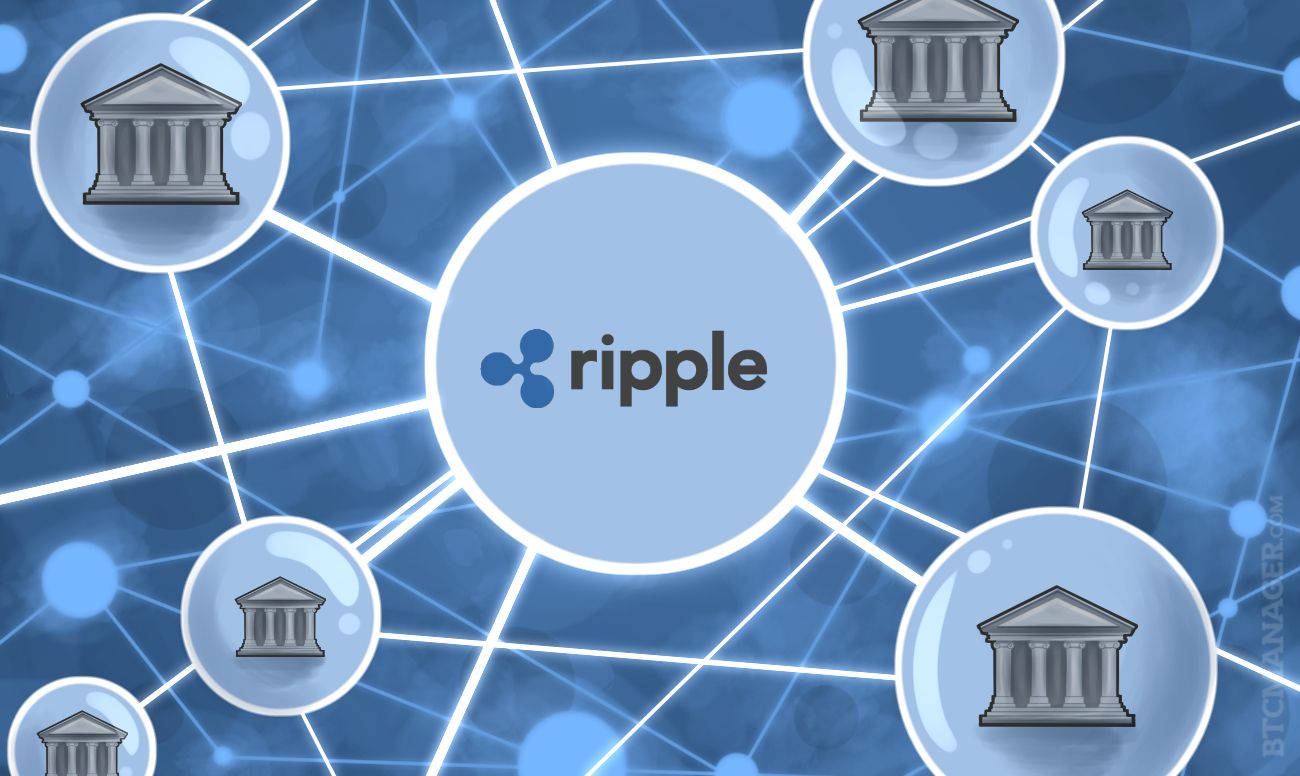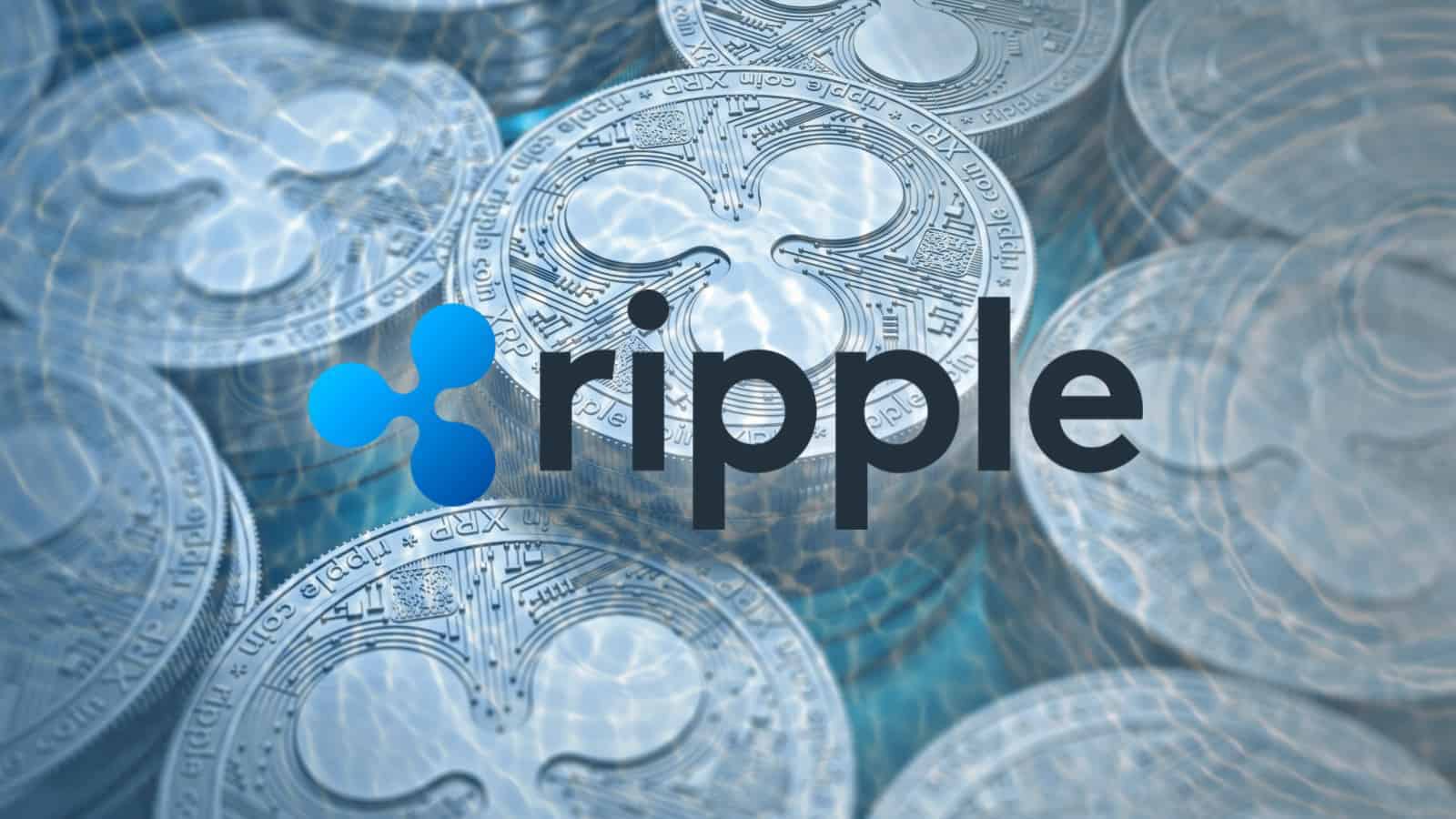Ripple XRP


Ripple XRP is a digital asset and payment network that aims to facilitate fast, efficient, and low-cost international payments. It was founded in 2011 as a company called OpenCoin, later renamed Ripple Labs, and its native cryptocurrency, XRP, was created in 2012.
History of Ripple and XRP
Ripple’s history is intertwined with the evolution of the financial industry and the rise of blockchain technology. The company was founded by Jed McCaleb and Chris Larsen, who envisioned a system that could revolutionize cross-border payments. They created XRP as a bridge currency to enable fast and efficient transactions between different currencies and financial institutions.
Core Functionality of the Ripple Network
The Ripple network operates on a distributed ledger technology (DLT) that enables real-time, secure, and transparent transactions. It uses a consensus mechanism called “Ripple Consensus Ledger” (RCL) to validate transactions and maintain the integrity of the network. The network relies on a network of validators who are responsible for verifying and confirming transactions. Ripple’s unique features include:
- Fast Transactions: XRP transactions are processed within seconds, making it significantly faster than traditional banking systems.
- Low Fees: Ripple’s transaction fees are minimal, making it a cost-effective solution for international payments.
- Scalability: The Ripple network is designed to handle a large volume of transactions, making it suitable for global adoption.
- Security: The network utilizes advanced cryptography and a distributed ledger to ensure the security and integrity of transactions.
Ripple XRP Use Cases
Ripple XRP has numerous use cases across various industries, including:
- Cross-border Payments: Ripple’s network facilitates fast and efficient international payments, reducing costs and processing times.
- Remittances: XRP can be used to send money to family and friends abroad at lower costs and with faster processing times.
- Foreign Exchange: Ripple’s network can be used for real-time currency exchange, enabling efficient and transparent transactions.
- Micropayments: XRP’s low transaction fees make it suitable for micropayments, enabling transactions for small amounts.
Comparison of XRP with Other Cryptocurrencies
XRP is a unique cryptocurrency that differentiates itself from other digital assets in several ways:
- Speed and Efficiency: XRP transactions are significantly faster than Bitcoin and Ethereum, making it a more efficient payment solution.
- Scalability: The Ripple network is designed to handle a large volume of transactions, making it more scalable than Bitcoin and Ethereum.
- Focus on Payments: Ripple XRP is primarily designed for payments, unlike Bitcoin, which is often used as a store of value.
- Centralized Governance: Ripple is a centralized company that controls the development and governance of XRP, unlike Bitcoin, which is decentralized.
Key Players and Stakeholders in the Ripple Ecosystem
The Ripple ecosystem consists of a wide range of players and stakeholders who contribute to its growth and development:
- Ripple Labs: The company that created XRP and manages the Ripple network.
- Financial Institutions: Banks, payment providers, and other financial institutions that use Ripple’s technology for cross-border payments.
- Exchanges: Cryptocurrency exchanges that allow users to buy, sell, and trade XRP.
- Developers: Software developers who build applications and services on the Ripple network.
- Community: A global community of individuals and organizations who support and promote Ripple XRP.
Technical Analysis of XRP: Ripple Xrp

XRP, the native cryptocurrency of Ripple, has experienced significant price fluctuations since its inception. Understanding the factors influencing XRP’s price movement and utilizing technical analysis tools can provide valuable insights for investors and traders.
Price History and Market Trends, Ripple xrp
XRP’s price history is marked by periods of substantial growth and decline. The cryptocurrency reached its all-time high of over $3.80 in January 2018, fueled by the increasing adoption of Ripple’s technology by financial institutions. However, the price plummeted following regulatory scrutiny and the broader cryptocurrency market downturn.
Factors Influencing XRP’s Price
Several factors influence XRP’s price, including:
- Regulatory Developments: Regulatory clarity and acceptance of Ripple’s technology by financial regulators can significantly impact XRP’s price. Positive regulatory developments often lead to price increases, while negative developments can cause price declines.
- Market Sentiment: The overall sentiment towards cryptocurrencies and Ripple’s technology can affect XRP’s price. Positive news and announcements related to Ripple and the broader cryptocurrency market often boost market sentiment and drive price increases.
- Adoption and Usage: Increased adoption of Ripple’s technology by financial institutions and businesses can lead to higher demand for XRP and, consequently, price appreciation.
- Competition: XRP faces competition from other cryptocurrencies and blockchain solutions. The competitive landscape within the blockchain industry can influence XRP’s price.
Technical Indicators
Technical indicators are mathematical tools used to analyze price charts and identify potential trends and trading opportunities. Some commonly used technical indicators for XRP include:
- Moving Averages: Moving averages are calculated by averaging the closing price of an asset over a specific period. They can help identify trends and support and resistance levels. For example, a 50-day moving average is often used to determine the short-term trend, while a 200-day moving average can indicate the long-term trend.
- Relative Strength Index (RSI): The RSI is a momentum indicator that measures the magnitude of recent price changes to evaluate overbought or oversold conditions in the market. A reading above 70 is considered overbought, while a reading below 30 suggests an oversold condition.
- Volume Analysis: Volume analysis helps assess the strength of price movements by analyzing the number of units traded. High volume can indicate strong buying or selling pressure, while low volume may suggest a lack of interest in the asset.
Key Technical Indicators and Implications
| Indicator | Description | Implications |
|---|---|---|
| Moving Averages | Calculated by averaging the closing price over a specific period. | Crossovers between moving averages can indicate potential trend changes. |
| Relative Strength Index (RSI) | Measures the magnitude of recent price changes to evaluate overbought or oversold conditions. | Readings above 70 suggest overbought conditions, while readings below 30 indicate oversold conditions. |
| Volume Analysis | Analyzes the number of units traded to assess the strength of price movements. | High volume can indicate strong buying or selling pressure, while low volume may suggest a lack of interest in the asset. |
Ripple XRP


The future of XRP is a topic of intense debate and speculation within the cryptocurrency community. While the past has seen its share of volatility and challenges, XRP’s potential for growth and adoption across various industries remains significant. This section delves into the key factors that could shape XRP’s future trajectory, exploring both its potential and the challenges it faces.
Future Growth and Adoption
The future of XRP hinges on its ability to gain widespread adoption in the global financial system. While XRP’s primary use case is facilitating cross-border payments, its potential applications extend far beyond this.
XRP’s potential growth can be attributed to several key factors:
- Faster and Cheaper Transactions: XRP’s blockchain technology enables faster and cheaper transactions compared to traditional banking systems, making it an attractive option for businesses seeking to streamline cross-border payments. This advantage can significantly reduce transaction fees and processing times, leading to cost savings and increased efficiency for businesses operating globally.
- Scalability and Efficiency: XRP’s network is designed for scalability, allowing it to handle a large volume of transactions without compromising speed or efficiency. This is a critical factor for its adoption by large institutions and financial institutions seeking a reliable and scalable payment solution.
- Growing Partnerships: Ripple has been actively forging partnerships with financial institutions and businesses worldwide, expanding the reach of its network and driving adoption of XRP. These partnerships are crucial for demonstrating the practical applications of XRP and building confidence among potential users.
- Decentralization and Transparency: XRP’s decentralized nature ensures transparency and immutability of transactions, fostering trust and security within the network. This feature can be particularly appealing to businesses seeking a more secure and transparent payment system.
Regulatory Landscape and Impact
The regulatory landscape surrounding cryptocurrencies, including XRP, plays a crucial role in its future development. Regulatory clarity and favorable policies are essential for attracting institutional investors and promoting widespread adoption.
- Regulatory Uncertainty: The regulatory environment surrounding XRP remains uncertain, with different jurisdictions adopting varying approaches. This uncertainty can create challenges for businesses and investors seeking to utilize XRP, potentially hindering its growth.
- US Securities and Exchange Commission (SEC) Lawsuit: The ongoing lawsuit filed by the SEC against Ripple, alleging that XRP is an unregistered security, has cast a shadow over the cryptocurrency. The outcome of this lawsuit could have significant implications for XRP’s future, potentially impacting its price and adoption.
- Global Regulatory Harmonization: A harmonized regulatory framework across different jurisdictions is essential for fostering a stable and predictable environment for XRP. This would provide clarity for businesses and investors, encouraging wider adoption and growth.
Risks and Challenges
Despite its potential, XRP faces several risks and challenges that could hinder its future development:
- Competition: XRP faces competition from other cryptocurrencies and blockchain-based payment solutions. The rapid evolution of the cryptocurrency space means that new competitors with innovative features and functionalities are constantly emerging, posing a challenge to XRP’s market share.
- Market Volatility: The cryptocurrency market is inherently volatile, and XRP’s price is susceptible to fluctuations influenced by various factors, including market sentiment, regulatory news, and adoption rates. This volatility can create uncertainty for investors and businesses seeking to utilize XRP.
- Technical Challenges: Like any blockchain technology, XRP faces technical challenges, including potential security vulnerabilities and scalability limitations. Addressing these challenges effectively is crucial for maintaining the integrity and reliability of the network.
- Public Perception: Negative perceptions surrounding cryptocurrencies in general, including concerns about security, volatility, and lack of regulation, can hinder XRP’s adoption. Overcoming these perceptions and building trust among the general public is essential for long-term success.
Roadmap for Future Milestones
While the future of XRP is uncertain, a potential roadmap for its development can be Artikeld based on current trends and industry insights:
- Increased Adoption: XRP’s future hinges on its ability to gain wider adoption in various sectors, including financial institutions, payment processors, and businesses operating globally. This can be achieved through strategic partnerships, targeted marketing campaigns, and ongoing development of new use cases.
- Regulatory Clarity: Obtaining regulatory clarity, particularly in key markets like the United States, is essential for attracting institutional investors and promoting widespread adoption. This can be achieved through proactive engagement with regulators, providing evidence of XRP’s utility and compliance with regulatory frameworks.
- Technological Advancements: Continuous technological advancements are crucial for maintaining XRP’s competitiveness and addressing potential challenges. This includes improving scalability, security, and interoperability with other blockchain networks.
- Community Engagement: Building a strong and engaged community is crucial for XRP’s success. This involves fostering open communication, transparency, and active participation from developers, investors, and users.
Ripple XRP, a cryptocurrency designed for facilitating cross-border payments, has experienced significant volatility in recent years. This volatility can be compared to the intricate planning involved in selecting the right wedding table chair hire for a reception. Just as careful consideration must be given to seating arrangements to ensure a comfortable and enjoyable experience for guests, so too must investors carefully assess the factors influencing XRP’s price fluctuations to make informed decisions.
Ripple XRP, a cryptocurrency designed for cross-border payments, has garnered attention for its potential to revolutionize the financial landscape. However, beyond its technological implications, the design and aesthetic of XRP’s ecosystem can be explored through visual representations. An intriguing example of this is found in the simple yet powerful concept of a “table and chair top view,” table and chair top view , which can be interpreted as a symbolic representation of the decentralized nature of XRP’s network, where users interact with a shared platform.
This visualization highlights the potential for XRP to transcend traditional financial paradigms and foster a more inclusive and collaborative approach to global transactions.
